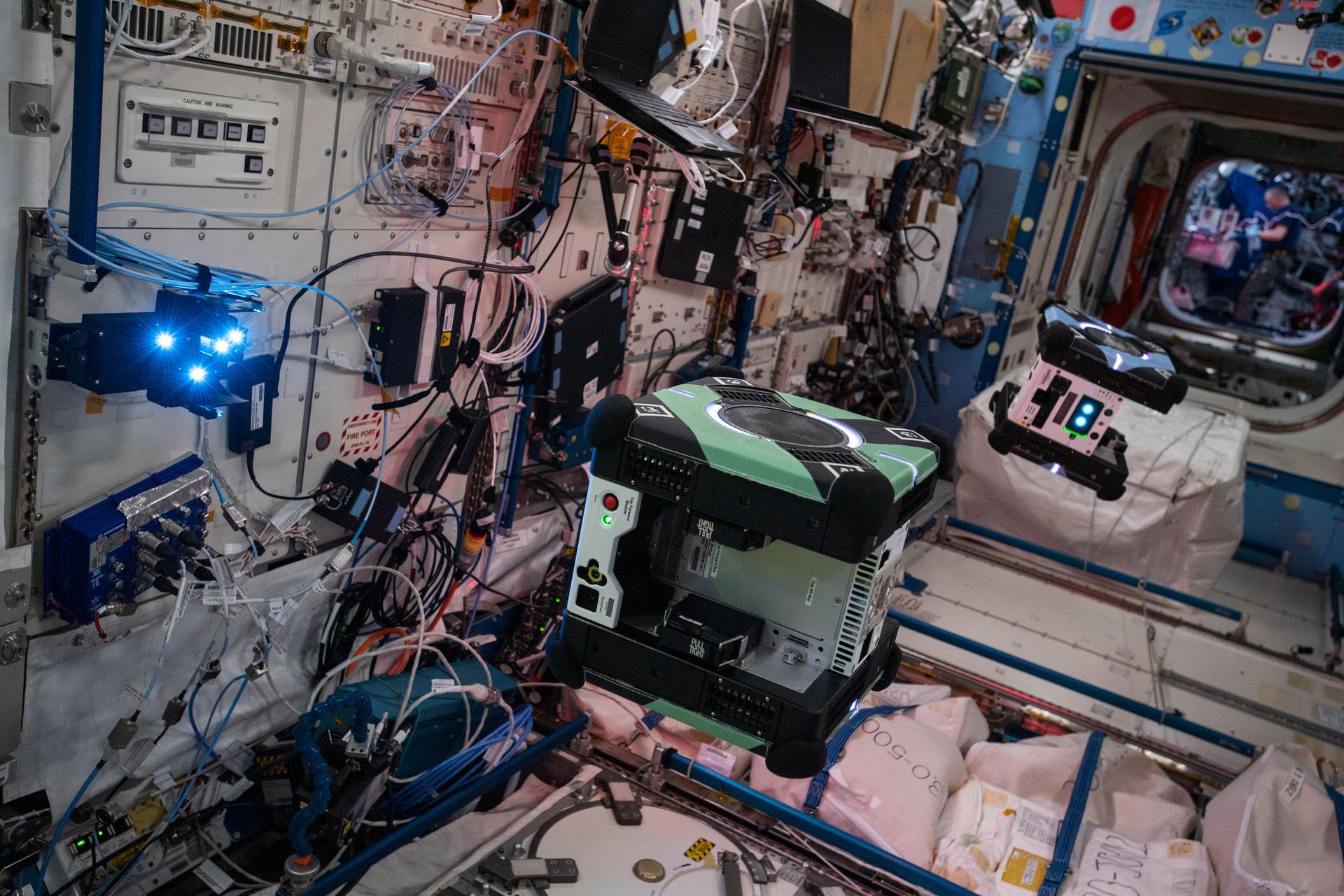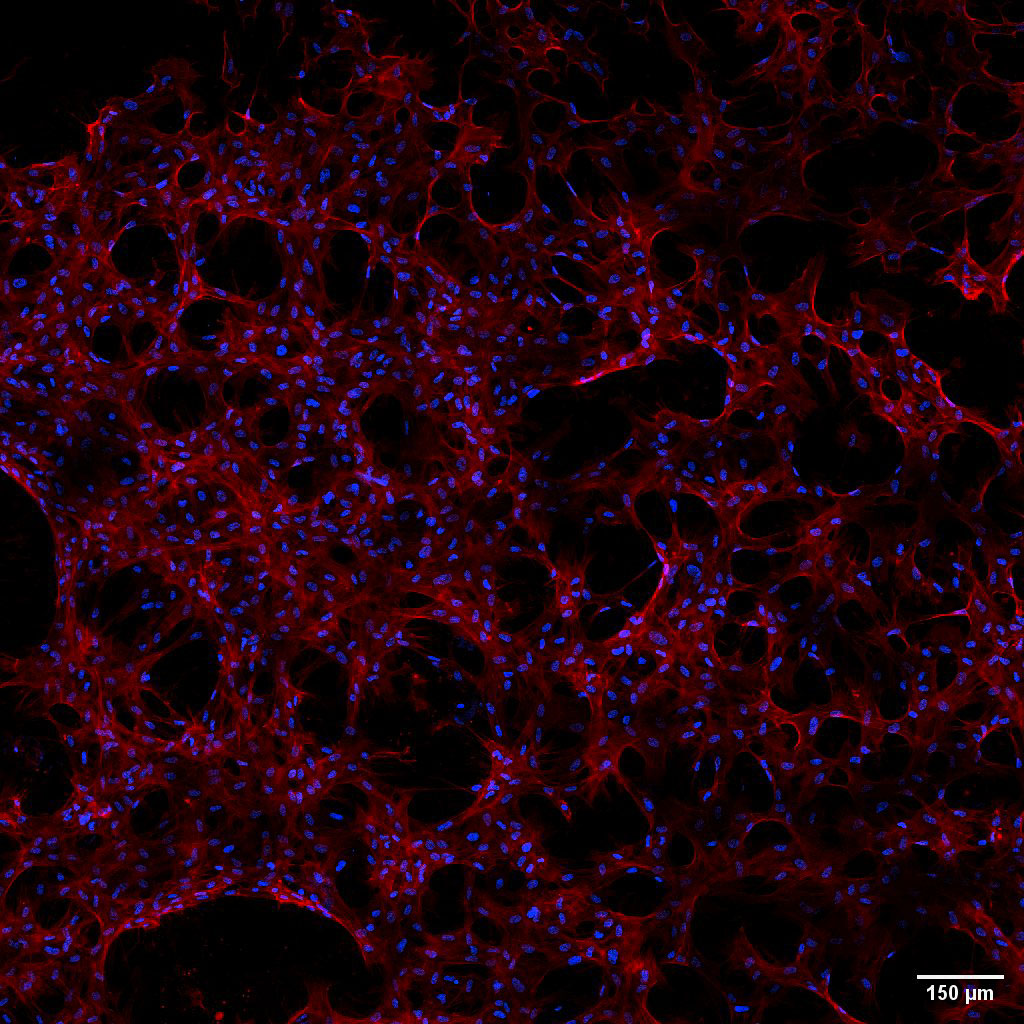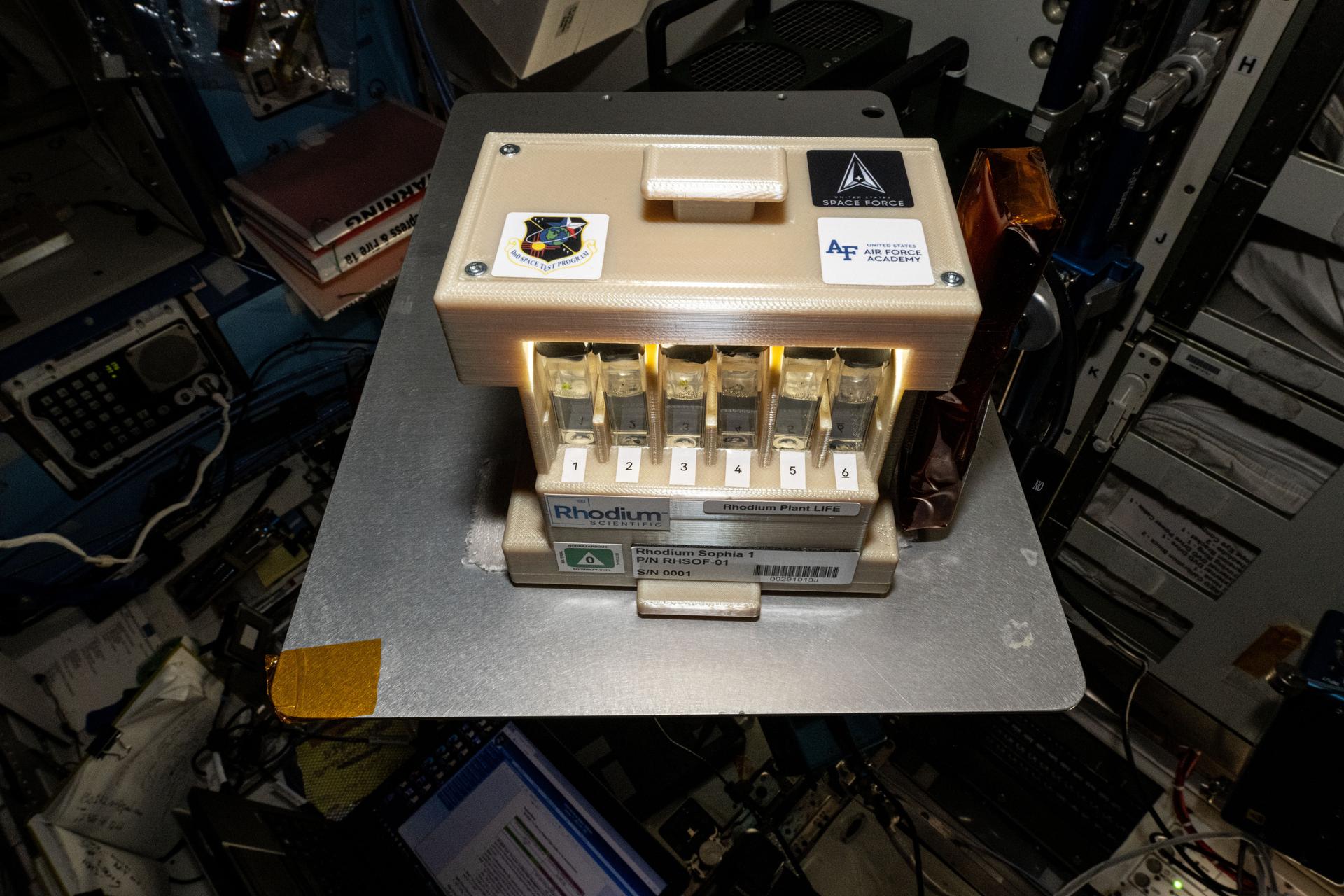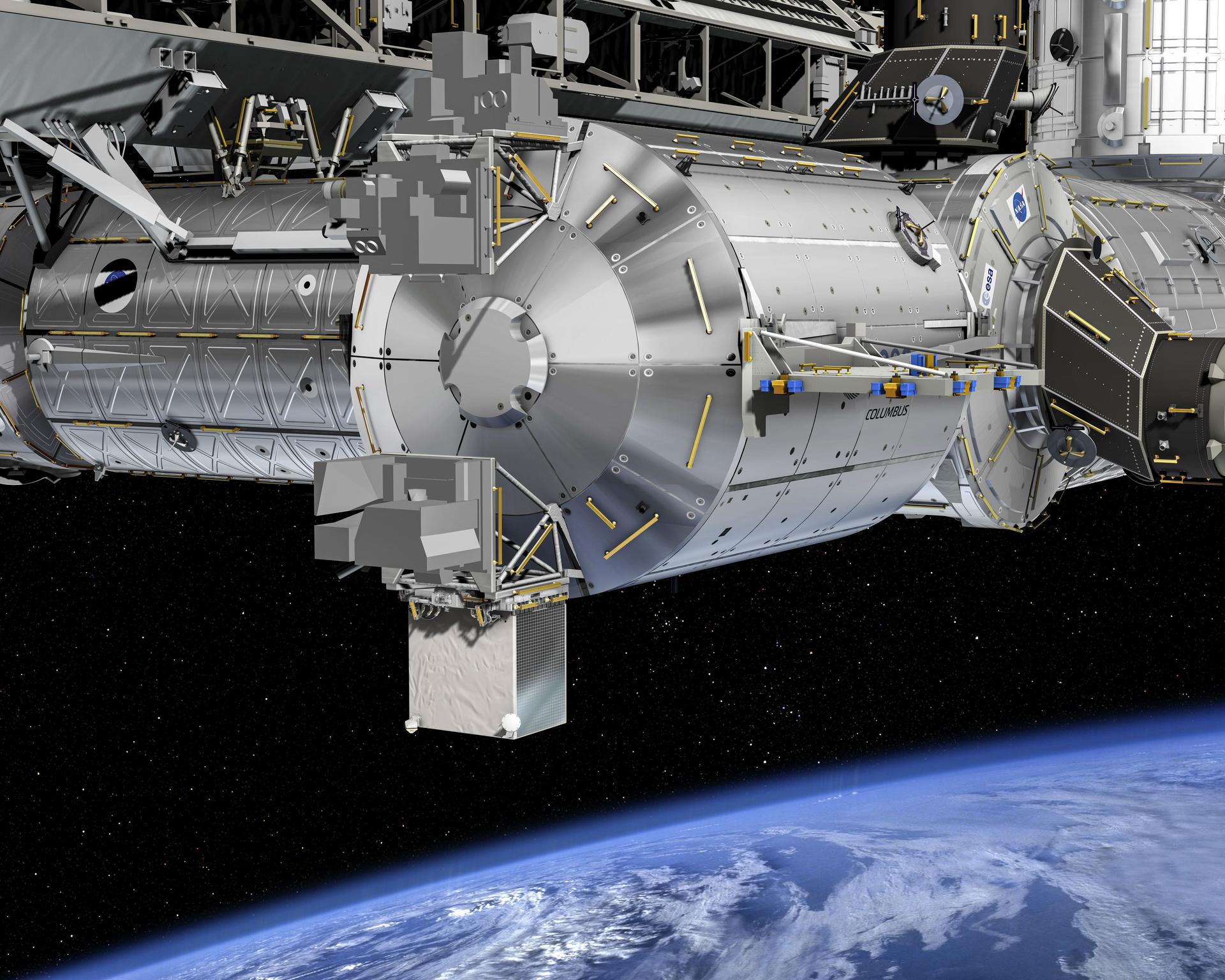12.04.2025
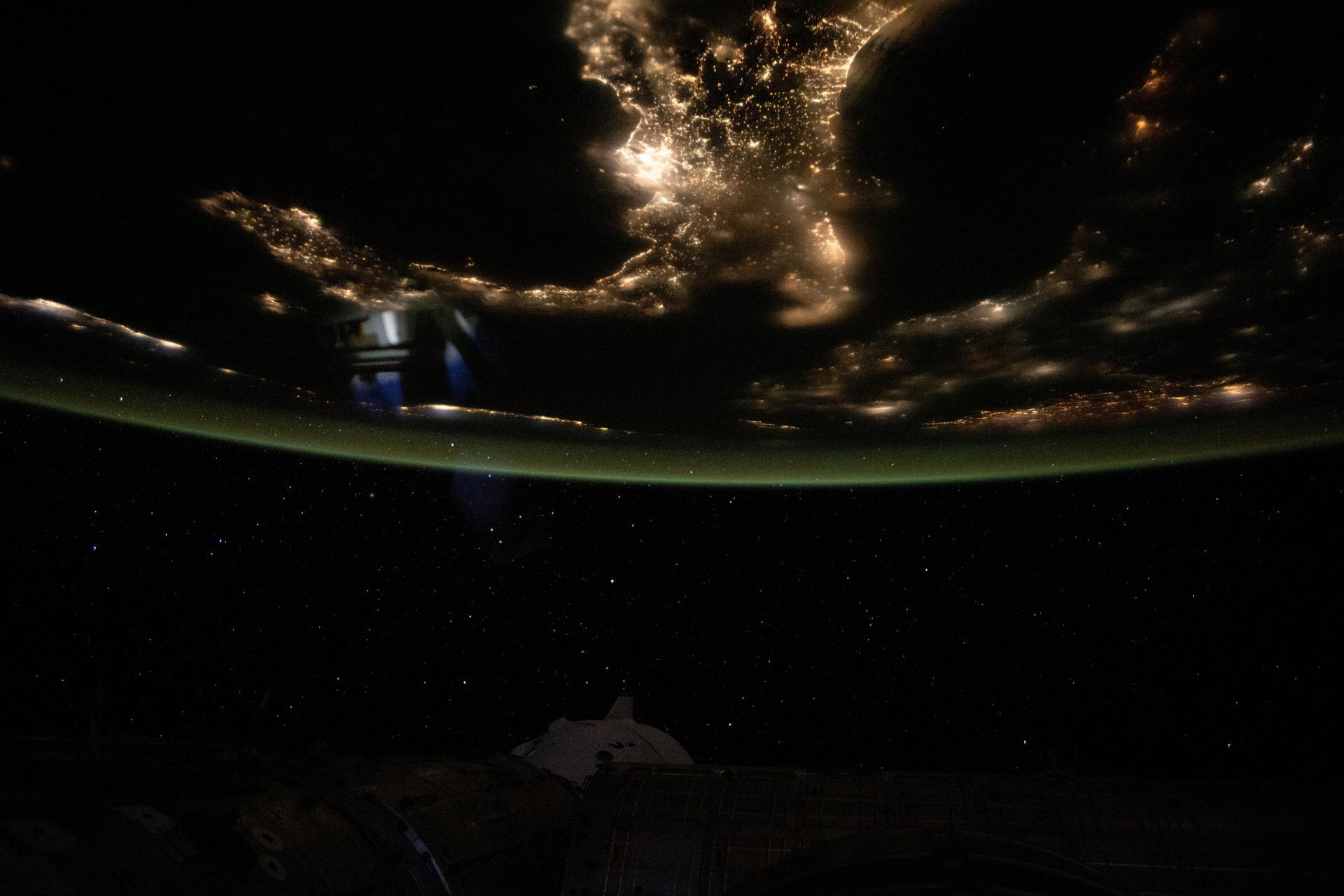
Preventing space-caused head and eye pressure and observing how blood flows in weightlessness were the top research objectives aboard the International Space Station on Thursday. The Expedition 72 crew is also preparing to split up while getting ready for the next U.S. cargo mission this month.
Doctors are testing a specialized thigh cuff for its ability to reduce blood flow toward an astronaut’s upper body caused by microgravity. Nichole Ayers of NASA assisted Takuya Onishi of JAXA (Japan Aerospace Exploration Agency) while he wore a pair of the thigh cuffs on his left and right legs. Ayers then scanned Onishi’s legs with the Ultrasound 2device and collected blood pressure measurements to determine the effectiveness of the thigh cuffs. She also checked his eyes using medical imaging hardware to detect potential eye structure changes, a possible symptom of living in space. Knowledge gained from the biomedical study could protect crews on long duration missions to the Moon, Mars, and beyond.
Roscosmos Flight Engineers Sergey Ryzhikov and Alexey Zubritsky participated in another circulatory system study that observes how blood flows from the head to the limbs and back again in weightlessness. The two cosmonauts, who just arrived at the orbital outpost on Tuesday, took turns wearing sensors on their forehead, fingers, and toes revealing how blood circulation adapts to microgravity. Doctors will use the data to monitor crew health and provide countermeasures to the effects of living and working in weightlessness. Ryzhikov and Zubritsky also continued unpacking cargo stowed aboard the Soyuz MS-27spacecraft that launched the duo, along with NASA Flight Engineer Jonny Kim, to the station.
NASA Flight Engineer Don Pettit joined station Commander Alexey Ovchinin and Flight Engineer Ivan Vagner, both from Roscosmos, and checked their Sokol launch and entry suits for leaks. The trio wore the suits when they launched together aboard the Soyuz MS-26 crew ship and docked to the Rassvet module on Sept. 11, 2024. They will wear the suits again when they return to Earth on April 19 inside the Soyuz MS-26 completing a seven-month space research mission.
The next cargo mission from SpaceX is due to launch later this month replenishing Expedition 72 with new science experiments and crew supplies. Pettit and Kim worked together preparing for the Dragon spacecraft’s arrival gathering items for stowage aboard Dragon when it returns to Earth about four weeks later. Pettit also assisted Kim, who is in his third day aboard the orbital lab, as he worked out on the advanced resistive exercise device for the first time.
NASA Flight Engineer Anne McClain spent her day in the Quest airlock cleaning life support components and swapping hardware on a pair of spacesuits. Working in the orbiting lab’s Roscosmos segment, Roscosmos Flight Engineer Kirill Peskov serviced plumbing gear and an oxygen generator throughout his shift on Thursday.
Learn more about station activities by following the space station blog, @space_station and @ISS_Research on X, as well as the ISS Facebook and ISS Instagram accounts.
Quelle: NASA
+++
NASA’s SpaceX 32nd Resupply Mission Launches New Research to Station
NASA and SpaceX are launching the company’s 32nd commercial resupply services mission to the International Space Station later this month, bringing a host of new research to the orbiting laboratory. Aboard the SpaceX Dragon spacecraft are experiments focused on vision-based navigation, spacecraft air quality, materials for drug and product manufacturing, and advancing plant growth with less reliance on photosynthesis.
This and other research conducted aboard the space station advances future space exploration, including missions to the Moon and Mars, and provides many benefits to humanity.
Investigations traveling to the space station include:
Robotic spacecraft guidance
Smartphone Video Guidance Sensor-2 (SVGS-2) uses the space station’s Astrobee robots to demonstrate using a vision-based sensor developed by NASA to control a formation flight of small satellites. Based on a previous in-space demonstration of the technology, this investigation is designed to refine the maneuvers of multiple robots and integrate the information with spacecraft systems.
Potential benefits of this technology include improved accuracy and reliability of systems for guidance, navigation, and control that could be applied to docking crewed spacecraft in orbit and remotely operating multiple robots on the lunar or Martian surface.
Protection from particles
During spaceflight, especially long-duration missions, concentrations of airborne particles must be kept within ranges safe for crew health and hardware performance. The Aerosol Monitorsinvestigation tests three different air quality monitors in space to determine which is best suited to protect crew health and ensure mission success. The investigation also tests a device for distinguishing between smoke and dust. Aboard the space station, the presence of dust can cause false smoke alarms that require crew member response. Reducing false alarms could save valuable crew time while continuing to protect astronaut safety.
Better materials, better drugs
The DNA Nano Therapeutics-Mission 2 produces a special type of molecule formed by DNA-inspired, customizable building blocks known as Janus base nanomaterials. It also evaluates how well the materials reduce joint inflammation and whether they can help regenerate cartilage lost due to arthritis. These materials are less toxic, more stable, and more compatible with living tissues than current drug delivery technologies.
Environmental influences such as gravity can affect the quality of these materials and delivery systems. In microgravity, they are larger and have greater uniformity and structural integrity. This investigation could help identify the best formulations and methods for cost-effective in-space production. These nanomaterials also could be used to create novel systems targeting therapy delivery that improves patient outcomes with fewer side effects.
Next-generation pharmaceutical nanostructures
The newest Industrial Crystallization Cassette (ADSEP-ICC) investigation adds capabilities to an existing protein crystallization facility. The cassette can process more sample types, including tiny gold particles used in devices that detect cancer and other diseases or in targeted drug delivery systems. Microgravity makes it possible to produce larger and more uniform gold particles, which improves their use in research and real-life applications of technologies related to human health.
Helping plants grow
Rhodium USAFA NIGHT examines how tomato plants respond to microgravity and whether a carbon dioxide replacement can reduce how much space-grown plants depend on photosynthesis. Because photosynthesis needs light, which requires spacecraft power to generate, alternatives would reduce energy use. The investigation also examines whether using supplements increases plant growth on the space station, which has been observed in preflight testing on Earth. In future plant production facilities aboard spacecraft or on celestial bodies, supplements could come from available organic materials such as waste.
Understanding how plants adapt to microgravity could help grow food during long-duration space missions or harsh environments on Earth.
Atomic clocks in space
An ESA (European Space Agency) investigation, Atomic Clock Ensemble in Space (ACES), examines fundamental physics concepts such as Einstein’s theory of relativity using two next-generation atomic clocks operated in microgravity. Results have applications to scientific measurement studies, the search for dark matter, and fundamental physics research that relies on highly accurate atomic clocks in space. The experiment also tests a technology for synchronizing clocks worldwide using global navigation satellite networks.

